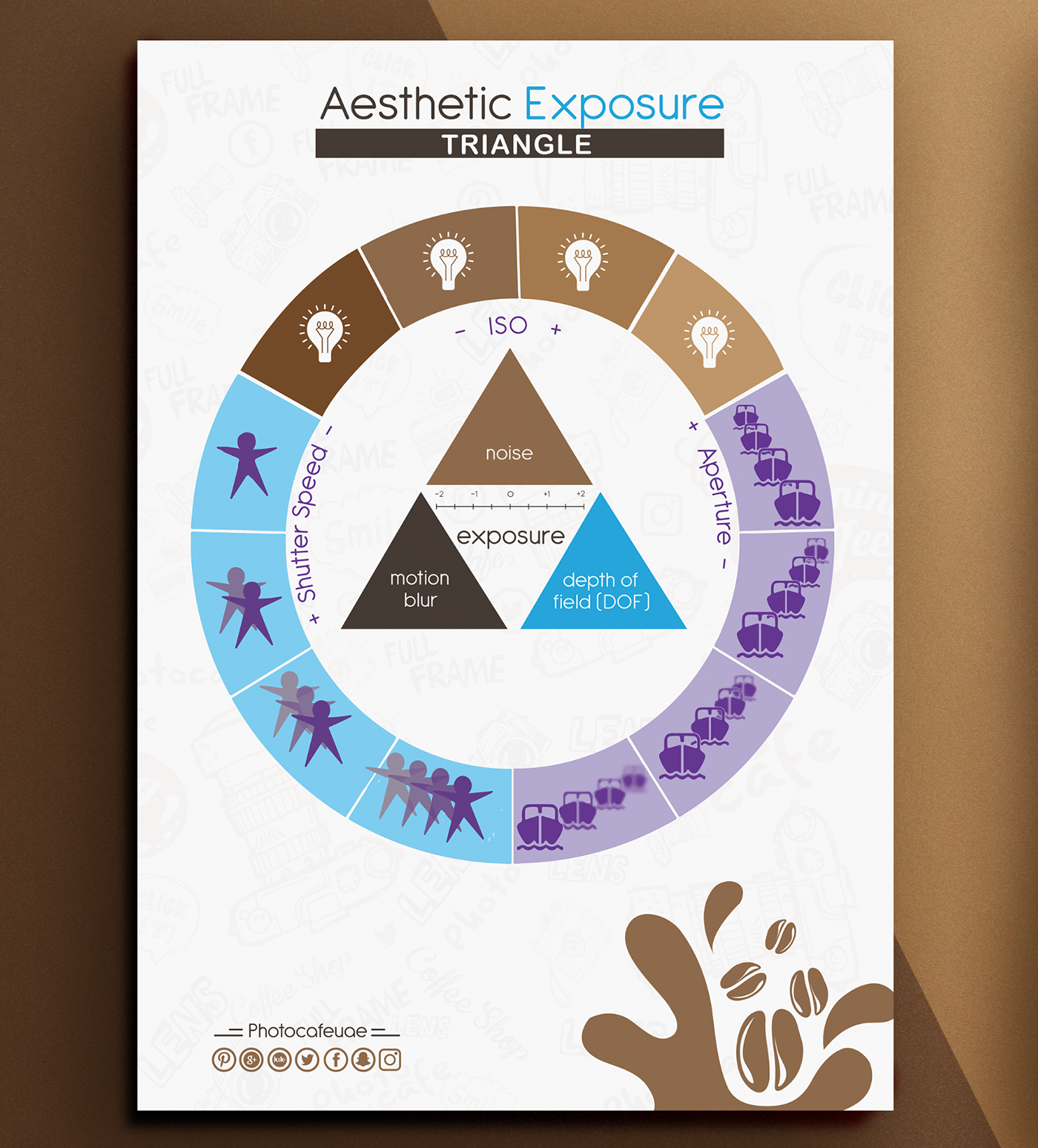What Every Professional Photographer Needs To Know About Lights
What Every Professional Photographer Needs To Know About Lights
Blog Article
Created By-Gillespie Brady
As a photographer, you know that lighting can make or damage your images. Comprehending the nuances of both natural and man-made light is vital for capturing the state of mind and quality you go for in your work. Whether you're chasing the best golden hour glow or fine-tuning your synthetic configurations, mastering these components can elevate your photography substantially. But there are common pitfalls that several ignore, and identifying them can transform your approach to every shoot. Let's explore what you may be missing out on and how it can affect your results.
Comprehending All-natural Light
Recognizing all-natural light is important for any professional photographer aiming to improve their work. It's the structure of wonderful digital photography, influencing mood, tone, and clarity. When you shoot outdoors, take notice of the time of day. The gold hour-- soon after sunrise and prior to sundown-- supplies soft, warm light that can transform average scenes into sensational images.
official website ignore the power of overcast days. Cloud cover diffuses sunshine, producing a soft, also light that's best for pictures and macro photography. You'll find shades appear this sort of lighting without severe darkness.
Positioning matters, also. Always consider your subject's positioning to the source of light. If the sun's behind your topic, you may wind up with a silhouette, which can be remarkable however mightn't be what you want. On the other hand, direct sunshine can create unflattering shadows.
Try out angles; often, transforming your perspective can generate incredible outcomes. Use natural reflectors, like water or sand, to bounce light onto your subject, adding measurement.
Learning Artificial Light
Mastering man-made light is necessary for photographers who intend to take their skills to the next degree. Whether professional linkedin photographer using speedlights, workshop strobes, or continual lights, recognizing how to adjust these sources can considerably boost your images.
Begin by Photo studio with the essentials of light high quality, instructions, and color temperature level. Trying out various modifiers like softboxes, umbrellas, or grids to manage the soft qualities or harshness of the light.
You'll discover that soft light usually creates complementary outcomes, while harsher light can include drama and depth. Do not avoid shadows; they can boost the three-dimensionality of your topics.
Pay very close attention to the positioning of your lights. A light positioned as well near your topic can create uncomplimentary outcomes, while also far away can lead to a lack of information. Utilize a light meter or your video camera's histogram to guarantee you're revealing correctly.
Last but not least, keep in mind that man-made light can be blended with ambient light for innovative results. Balancing these resources might take method, but once you grasp it, your digital photography will absolutely shine.
Techniques for Different Scenarios
When you enter different capturing situations, adjusting your lights techniques is critical for capturing the best images. For outside pictures, use the golden hour-- morning or late afternoon light-- to soften darkness and boost complexion.
If it's an extreme lunchtime sunlight, take into consideration using a reflector to jump light back onto your subject or look for shaded locations for an extra even exposure.
In low-light scenarios, like interior events, enhance your ISO and utilize a large aperture to let in even more light. A tripod can help remove cam shake, permitting longer direct exposures without obscuring.
If you're shooting at night, experiment with off-camera flash to develop vibrant lights and deepness in your photos.
For item digital photography, use diffused illumination to avoid harsh reflections. Softboxes or light tents can assist attain this effect.
When photographing landscapes, take into consideration the direction of light and time of day, as it can drastically alter the mood of your shot.
Always prepare to readjust your setups and placing based on the scenario, as adaptability is key to grasping illumination in digital photography.
Conclusion
In conclusion, understanding lighting is essential to boosting your digital photography skills. Welcome all-natural light's appeal throughout gold hour, and don't shy away from explore artificial light techniques. By adapting your strategy to various scenarios, you'll record stunning photos that reverberate with emotion and clearness. Remember, the ideal illumination can transform a normal shot into something amazing, so maintain exercising and fine-tuning your understanding of both all-natural and man-made light. Satisfied shooting!
